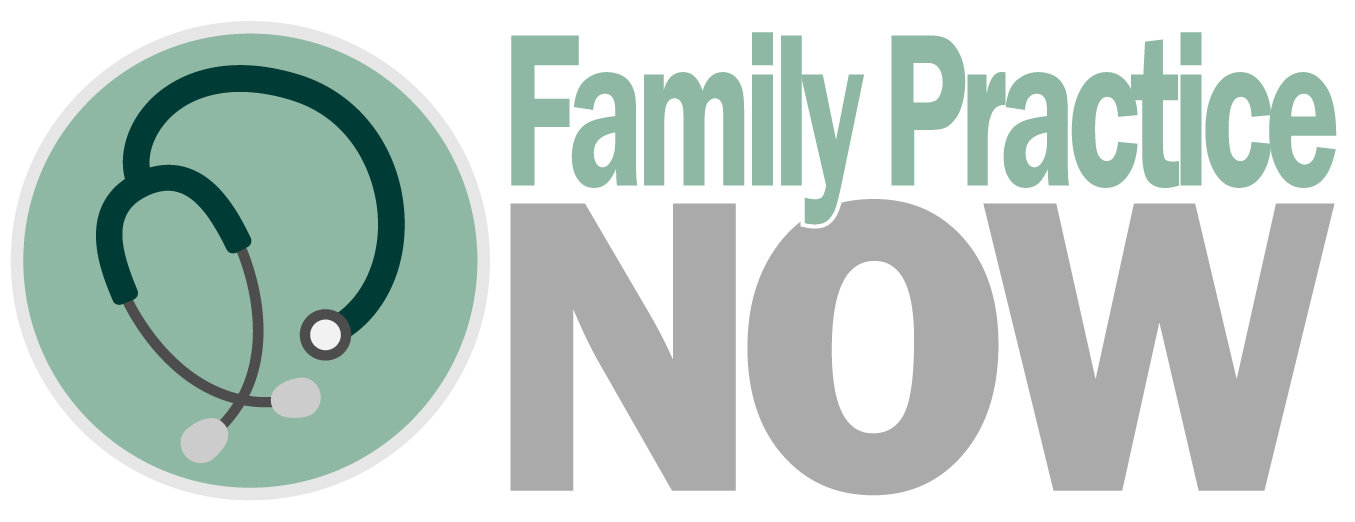Premier - Local Family Doctor
-
Breast Cancer
Breast cancer is one of the most commonly diagnosed cancers in women. One in nine women will develop breast cancer in their lifetime.
-
Breast Cancer Diagnosis and Treatment
Breast cancer is one of the most commonly diagnosed cancers in women. One in nine women will develop breast cancer in their lifetime. And the most common way the patient presents to us is that they will have a routine screening mammography performed, and there’s an abnormality that is noticed on the mammogram.
When the mammogram is performed, it usually detects an abnormality. And when that abnormality is noted by the radiologist, they will recommend either a biopsy or further tests.









